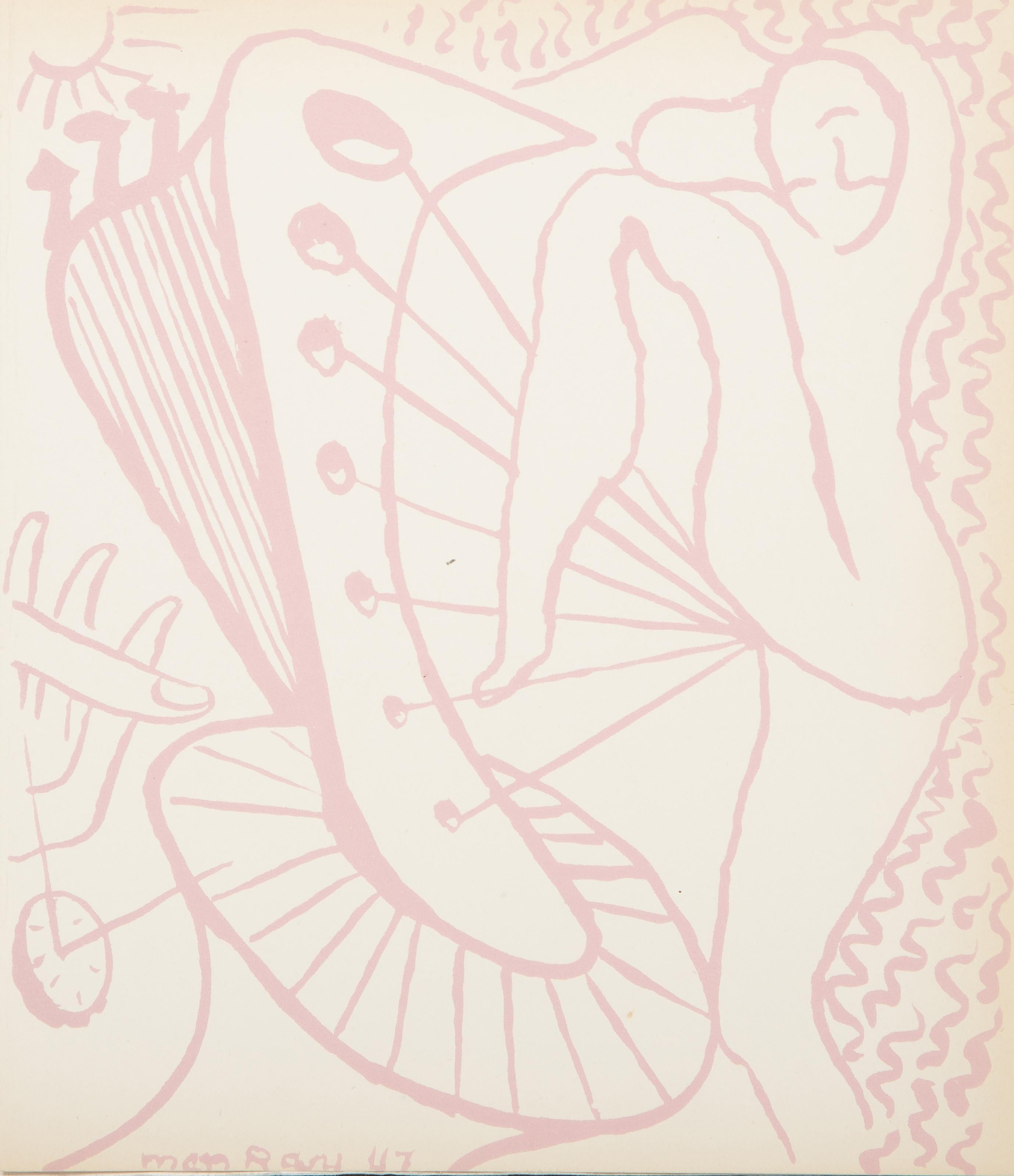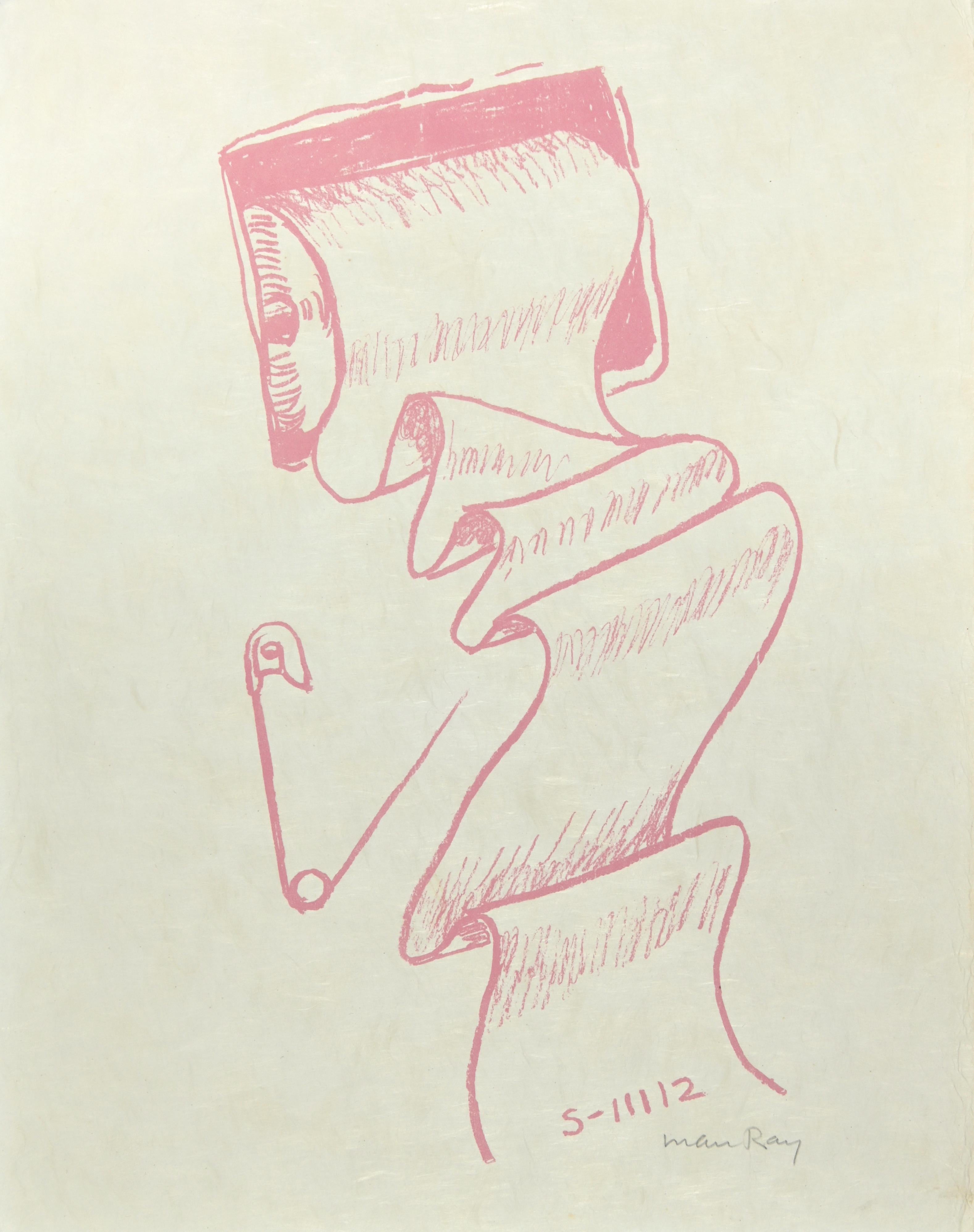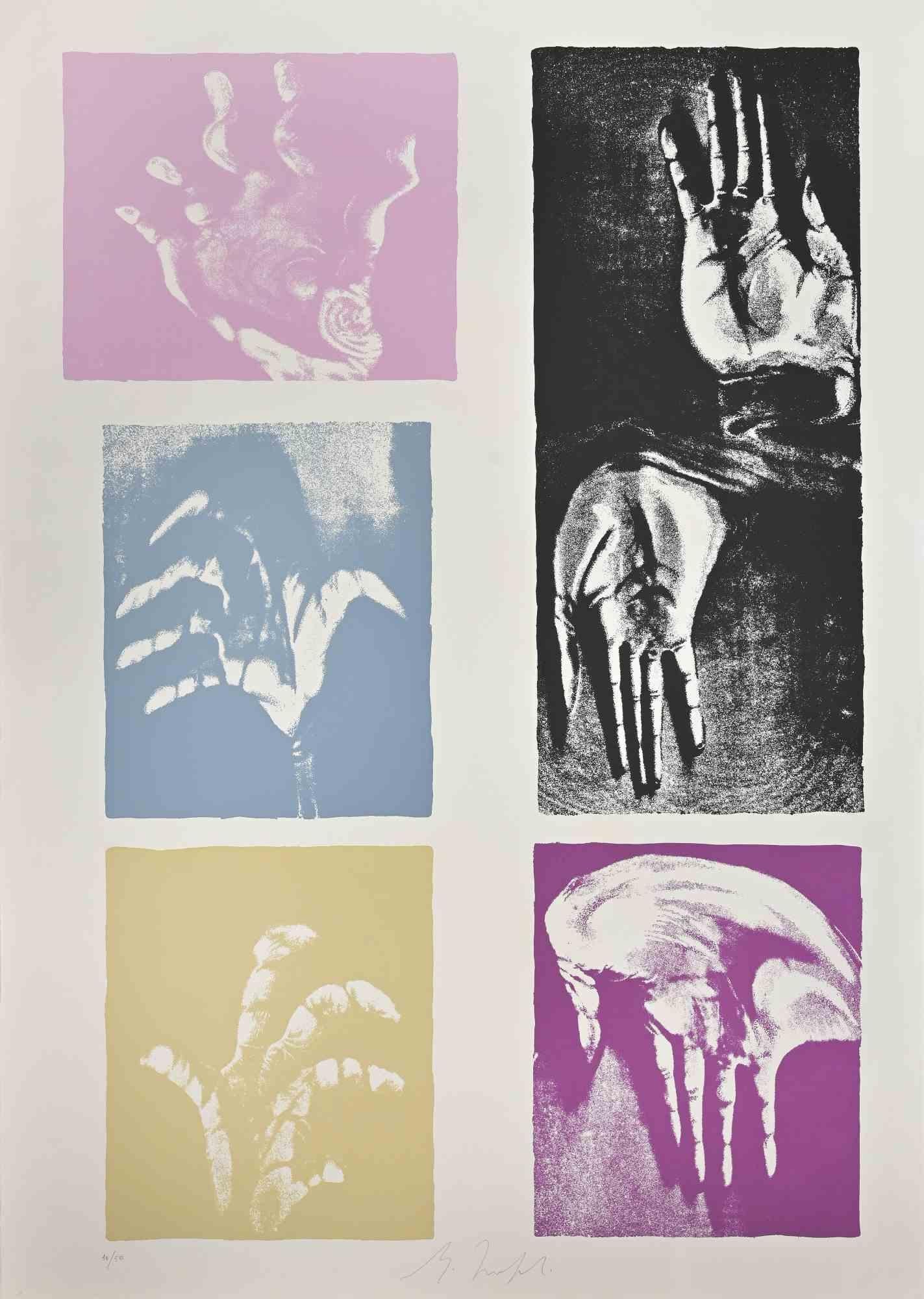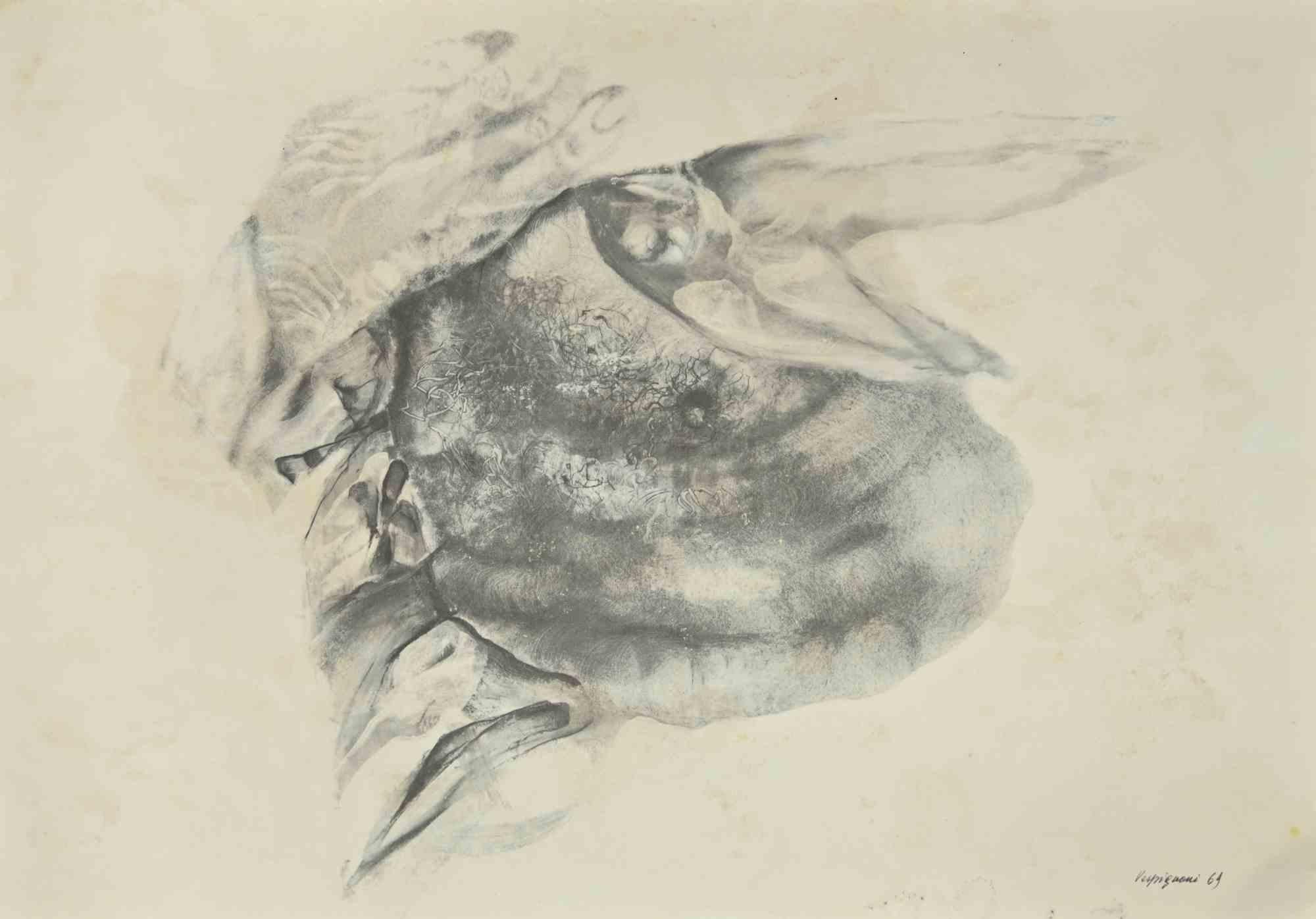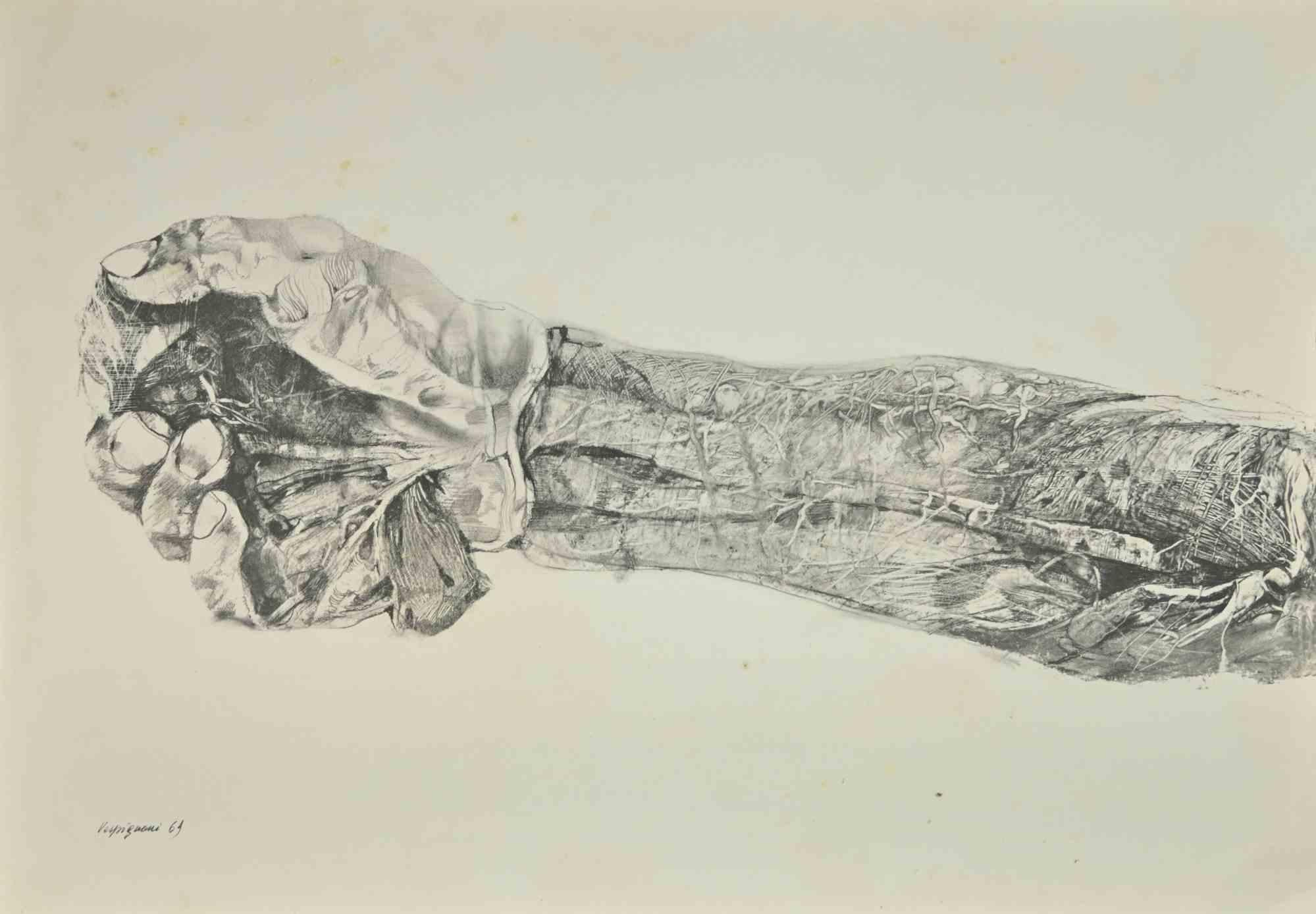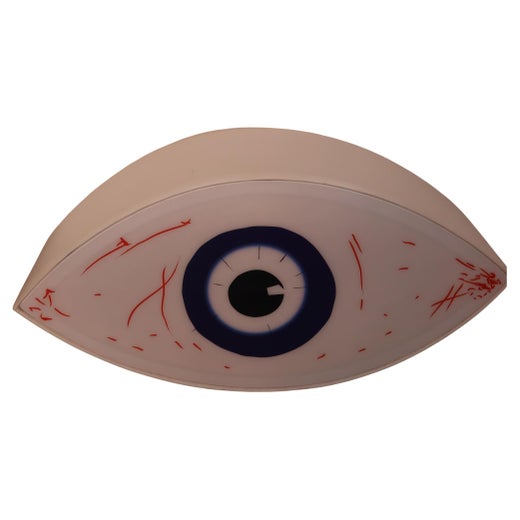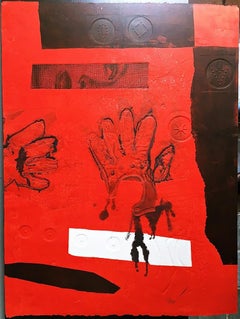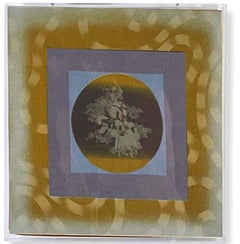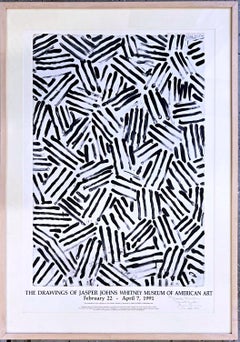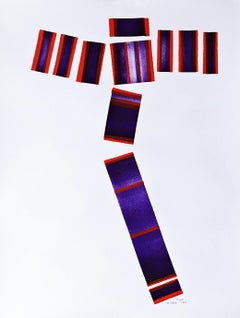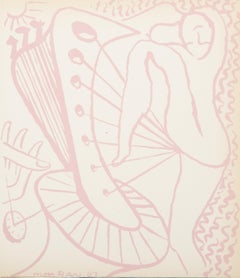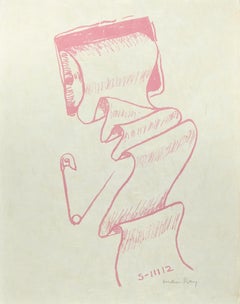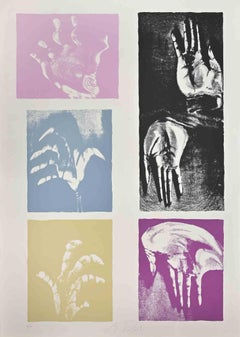Man RayHands, Mid Century mod Surrealist mixed media Signed/N (Gemini 20 Anselmino 61)1966
1966
About the Item
- Creator:Man Ray (1890 - 1976, American)
- Creation Year:1966
- Dimensions:Height: 27 in (68.58 cm)Width: 21 in (53.34 cm)Depth: 0.5 in (1.27 cm)
- Medium:
- Movement & Style:
- Period:
- Condition:artwork itself is in very good condition; in original vintage period metal frame.
- Gallery Location:New York, NY
- Reference Number:1stDibs: LU1745215424662
Man Ray
Born Emmanuel Radnitzky, Man Ray was a famous American filmmaker, painter and photographer. His career is distinctive, above all, for the success he achieved in both the United States and Europe. First maturing at the center of American modernism in the 1910s, he made Paris his home in the 1920s and 1930s. In the 1940s, he crossed the Atlantic once again and spent periods in New York and Hollywood.
Ray’s art spanned painting, sculpture, film, prints and poetry, and in his long career, he worked in styles influenced by Cubism, Futurism, Dada and Surrealism. He also successfully navigated the worlds of commercial and fine art and came to be a sought-after fashion photographer. Ray is perhaps most remembered for his photographs of the inter-war years, in particular, the camera-less pictures he called "Rayographs," but he always regarded himself first and foremost as a painter. Although he matured as an abstract painter, Ray eventually disregarded the traditional superiority painting held over photography and happily moved between different forms. Dada and Surrealism were important in encouraging this attitude; they also persuaded him that the idea that motivates a work of art was more important than the work of art itself.
André Breton once described Ray as a pre-Surrealist, something which accurately describes his natural affinity for the style. Even before the movement had coalesced, in the mid-1920s, his work, influenced by Marcel Duchamp, had Surrealist undertones. He would continue to draw on the movement's ideas throughout his life. Ray's work has ultimately been very important in popularizing Surrealism.
Find original Man Ray art on 1stDibs.
- ShippingRetrieving quote...Shipping from: New York, NY
- Return Policy
More From This Seller
View All1970s Abstract Abstract Prints
Mixed Media, Lithograph
1960s Pop Art Abstract Prints
Mixed Media, Lithograph
1990s Pop Art Abstract Prints
Lithograph, Offset
1990s Minimalist Abstract Drawings and Watercolors
Ink, Oil
Mid-20th Century Abstract Expressionist Abstract Drawings and Watercolors
Watercolor, Gouache
1970s Abstract Abstract Prints
Lithograph
You May Also Like
1970s Surrealist Abstract Prints
Lithograph
1940s Surrealist Prints and Multiples
Lithograph
1960s Surrealist Figurative Prints
Paper, Lithograph
1980s Modern Figurative Prints
Paper, Lithograph
1960s Modern Figurative Prints
Photogravure
1960s Modern Figurative Prints
Photogravure
Read More
Photographer to Know: Berenice Abbott
One of the 20th century's most important female photographers is finally being recognized as a daring and seminal artist.
Welcome (Back) to the Wild, Wonderful World of Walasse Ting
Americans are rediscovering the globe-trotting painter and poet, who was connected to all sorts of art movements across a long and varied career.
